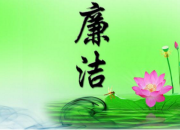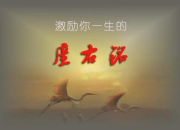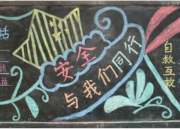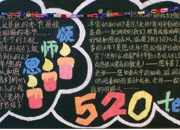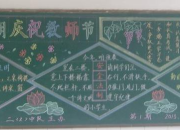Tea-horse Ancient Road 茶马古道双语散文
时间:2021-08-31“茶马古道”是中国西南大地上一条进行对外经济文化交流,传播中国古代文明的国际通道,是西南的“丝绸之路”。
For thousands of years, only humans and horses treaded the mountains of Southwest China as they followed an ancient pathway through the Chinese hinterlands and the Qinghai-Tibet Plateau.
Along the unpaved and rugged pathway that was formed, commodities like tea, salt and sugar flowed into Tibet. Meanwhile, horses, cows, furs, musk and other local products made their way to the outside world. The road was called the tea-horse ancient road, and it stretched across more than 4,000 kilometers, mainly through Southwest China’s Sichuan and Yunnan provinces and the Tibetan Autonomous Region.
The ancient commercial passage first appeared during the Tang Dynasty (618-907). It also experienced the Song, Yuan, Ming and Qing dynasties - or a period of more than 1,200 years. The road promoted exchanges in culture and religion, and saw ethnic migration that closely resembled what was experienced on the well-known Silk Road.
Along the ancient road lived more than 20 minorities. Concentrations of beautiful and mysterious natural landscapes and traditional cultures developed in various sites, including Dali old city, Lijiang old city, Shangrila, Yarlung Zangbo River Grand Canyon, Potala Palace. The road features temples, rock paintings, post houses, ancient bridges and plank roads. It is also home to many national minorities and their dances and folk customs.
Two major routes
Roughly speak- ing, there were two main routes:
Route One: Begins in Ya’an in Sichuan Province to Qamdo via Luding, Kangd- ing, Litang and Batang before mer- ging with Route One into Lhasa.
Route Two: Begins in Xishuangbanna and Simao, home of Pu’er tea (via Dali, Lijiang, Zhongdian, Benzilan and Deqeng) in Yunnan Province to Zugong, Bamda, Rewoqe, Zayu or Qamdo, Lholung, Benba, Jiali, Gongbogyangda, Lhasa, Gyangze and Yadong in Tibet, before continuing into Myanmar, Nepal and India.

